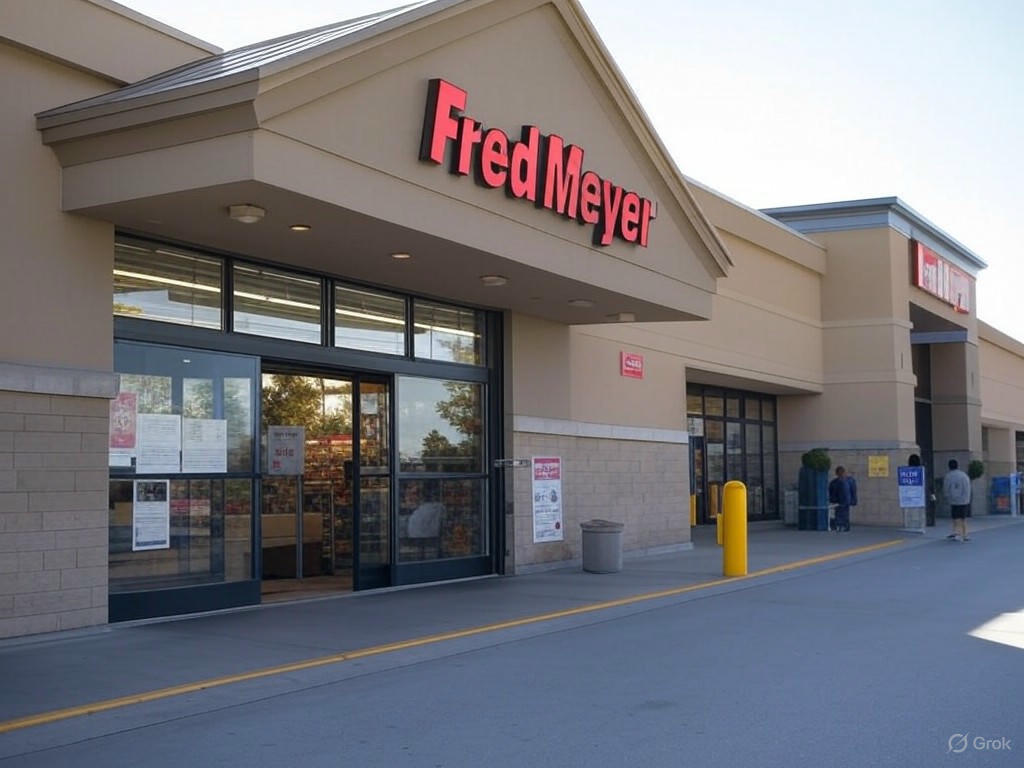In a surprising move, Kroger, the parent company of popular grocery chains like Fred Meyer and QFC, has announced plans to shutter 60 stores across the United States. With over 2,700 locations nationwide, Kroger stands as one of the largest supermarket operators in the country, making this decision a significant pivot in its operational strategy. The closures, revealed in mid-2025, have sparked discussions among industry analysts and shoppers alike about the evolving landscape of retail grocery businesses.
The decision to close these stores comes at a time when the grocery sector is grappling with intense competition, rising operational costs, and shifting consumer behaviors. Many traditional brick-and-mortar retailers are facing pressure from e-commerce giants and discount chains that offer lower prices and convenient online shopping options. Additionally, inflationary pressures have squeezed profit margins, forcing companies like Kroger to reevaluate underperforming locations. While the specific stores slated for closure have not been fully disclosed, the impact is expected to be felt in various communities, potentially affecting local employment and access to affordable groceries.
Kroger’s leadership has framed the closures as a necessary step to streamline operations and focus on long-term growth. By trimming less profitable outlets, the company aims to redirect resources toward modernizing remaining stores, enhancing digital platforms, and improving customer experiences. This aligns with broader trends in the retail industry, where companies are investing heavily in technology to meet the growing demand for online ordering and delivery services. For Kroger, which has already made strides in expanding its digital footprint, this strategic realignment could position it to better compete with rivals who have aggressively captured market share through innovation.
However, the closures raise concerns about the ripple effects on employees and customers. Store shutdowns often lead to job losses, and affected workers may struggle to find comparable positions in an increasingly competitive job market. Furthermore, in areas where Kroger operates as a primary grocery provider, the closures could create food deserts, leaving residents with limited access to fresh produce and essentials. Community advocates are calling for transparency from Kroger regarding which locations will be impacted and what measures will be taken to support displaced workers and affected neighborhoods.
As Kroger navigates this challenging chapter, the grocery industry watches closely. The company’s ability to balance cost-cutting measures with customer satisfaction will be critical to maintaining its stronghold in the market. While closing 60 stores may seem like a setback, it could also be the catalyst for a more agile and innovative Kroger. Only time will tell if this bold move pays off, but for now, the focus remains on how the company adapts to an ever-changing retail environment while addressing the needs of its loyal customer base and workforce.
